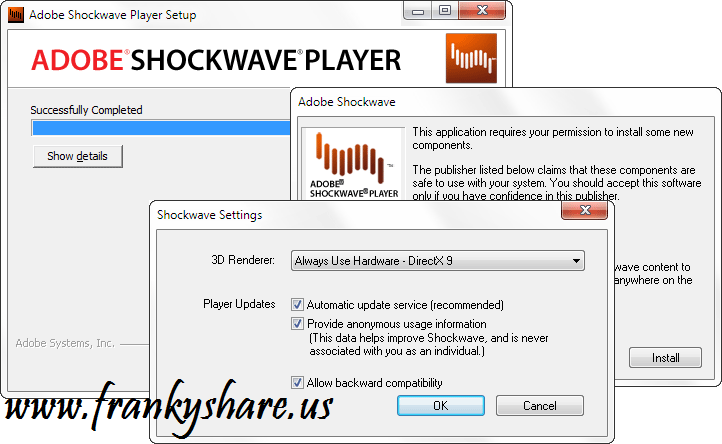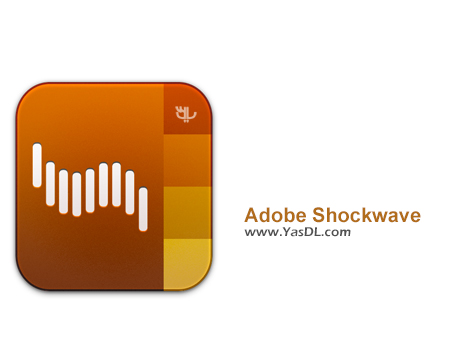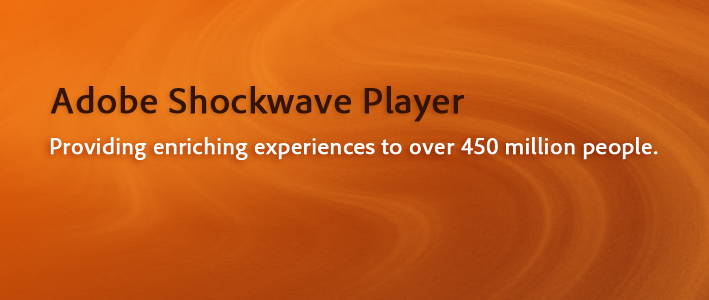

These users have access to some of the best content the Web has to offer - including dazzling 3D games and entertainment, interactive product demonstrations, and online learning applications. Online Learning tools which simulate real-world physics or involve significant graphing, charting, or calculation sometimes use Shockwave.Over 450 million Internet-enabled desktops have Adobe Shockwave Player installed.

It is often used in online applications which require a very rich graphical environment. released Apple–Intel transition based on the Intel Core Duo) and March 2008 (when Adobe Systems released Shockwave 11, the first version to run natively on Intel Macs).Īlthough Shockwave was designed for making a wide variety of online movies and animations, its actual use has become concentrated in the area of game development. However, there was a notable break in support for the Macintosh between January 2006 (when Apple Inc.


Shockwave was available as a plug-in for both Mac OS and Windows for most of its history. It is also possible to use Shockwave in the native Linux version of FireFox by using the Pipelight plugin, which is based on a modified version of Wine. However, the Shockwave Player can be installed on Linux with CrossOver or by running a Windows version of a supported browser in Wine (with varying degrees of success). Unlike Flash, the Shockwave browser plugin is not at all available for Linux or Solaris despite intense lobbying efforts. Unlike the Adobe Flash Player, the Adobe Shockwave Player is not commonly bundled with web browsers if needed it must be downloaded. It was first developed by Macromedia, and released in 1995 and was later acquired by Adobe Systems in 2005. It allows Adobe Director applications to be published on the Internet and viewed in a web browser on any computer which has the Shockwave plug-in installed. Adobe Shockwave (formerly Macromedia Shockwave) is a multimedia platform used to add animation and interactivity to web pages.


 0 kommentar(er)
0 kommentar(er)
